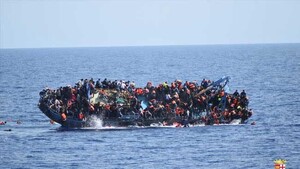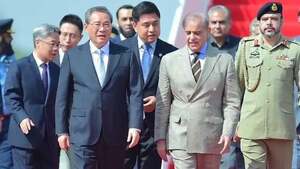The country is 14,000 km away from Europe and 10 hours ahead of the Premier League.
Every week, football grounds all over Europe are full of thousands of fans. People often say that these fans are what make the difference between a team’s wins and losses.
But more and more people are rooting for sports teams from outside their area. A lot of teams have fans from outside their area, often from other countries.
It doesn’t matter that we live thousands of miles apart. Modern broadcasting and social media make it possible for fans to connect with and become part of their team’s personalities.
We talked to Australian football fans on this week’s show of Football Now to find out what drives them to cheer for their teams from afar. America is about 14,000 kilometers away from Europe. Still, the fans in this part of the world are just as dedicated to their teams as fans who live in Madrid, Manchester, or Munich.
Matt Coleman covers a lot of European sports for Fox Sports Australia. He has seen firsthand how dedicated these fans can be.
“Fans who go to games are important to clubs in more ways than one.” “Clubs are popular with people all over the world now that they have such a big presence in places like the Americas, Australia, and Asia,” Matt said. “The big brands have clubs that people can support, whether they have ties to their homeland or not, which is of vital importance for these teams all across Europe.”
In Australia, the 2023–24 Premier League season started up again in August, which means that fans have to stay up late to watch the games.
The biggest Liverpool Fans Club in Australia meets at Cheers Bar, which is right in the middle of Sydney. This was Joey Harb’s first home game of the season, which was against Bournemouth. He talked to Football Now about what it’s like to be a fan from afar.
Aussies have been big fans of the Premier League and other European leagues for a long time. Because it was the first time the Women’s World Cup was held there, a lot more people became interested in the sport. Attendance and viewing numbers that broke records showed that more people than ever were watching.
Craig Foster, a former captain of the Socceroos, thinks that Football Australia should use the energy to bring attention to local teams in Australia.
“The problem for countries like ours is that support is so strong that it can dwarf the competition in our own country. This is true all over Asia.” It can be hard for the domestic competition to compete with those fans, since watching a domestic tournament is not the same as watching Liverpool every week.
“And because our own clubs don’t have 50–100 years of history yet, we’re still trying to build that.” That being said, the task for football in Australia is to turn fans of the Socceroos, the Matildas, the Champions League, the EPL, and La Liga into people who go to games and join our own league. Craig came to an end.
There have been many Australian players who have played in Europe’s top leagues over the years. Ange Postecoglu has had a great start as manager of Tottenham Hotspur, winning five of his first seven Premier League games in charge.
Tim Cahil, who used to play middle for Everton, is now the Chief Sports Officer of Qatar’s Aspire Academy in Doha. During his eight years at Goodison Park, he played in 226 games. In 2005, Harry Kewell became the first Australian to win the Champions League with Liverpool. He did it on Merseyside. In 2012, the people of Australia chose him as their favorite football player of all time.
From a European point of view, it’s great that these teams have fans from all over the world. There’s no doubt that these fans have helped the club grow to the same size as the locals. If the 2023 Women’s World Cup goes well, this popularity might spread to the Australian teams that play at home.


















